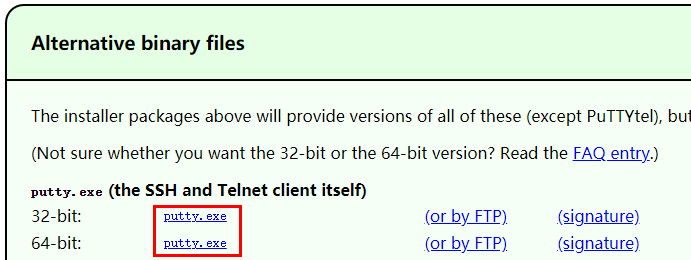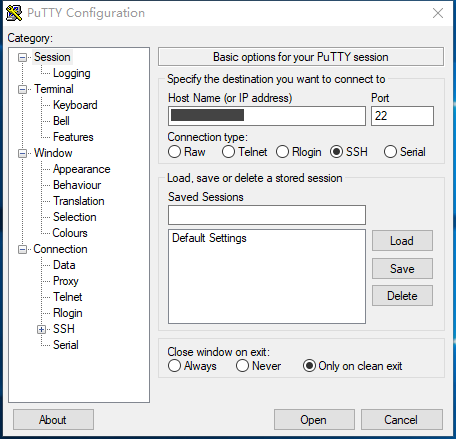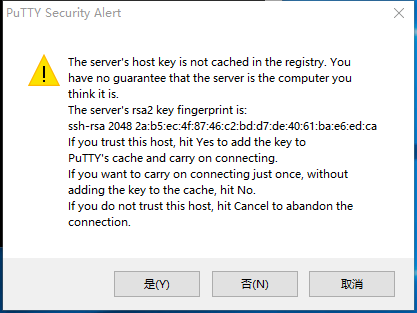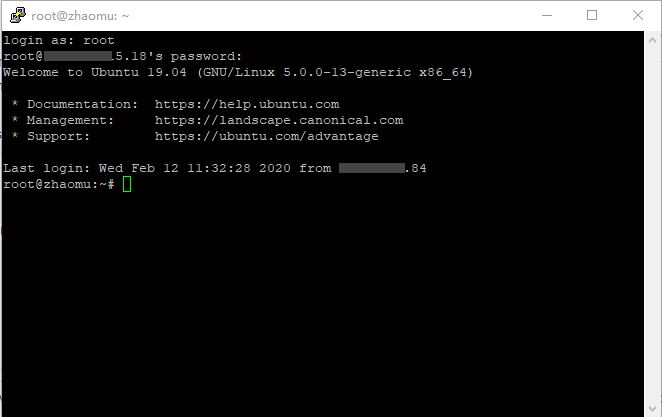Managing a Linux cloud server typically involves using the command line. Since most people are accustomed to computers running the Windows operating system, beginners often find it challenging to remotely manage a Linux cloud server for the first time. The protocol used for remote management of Linux/Unix cloud servers is SSH (Secure Shell), as opposed to the RDP (Remote Desktop Protocol) used for Windows cloud servers. Most Linux/Unix operating systems, including those on Apple computers which are based on Unix, come with SSH protocol support, eliminating the need for additional SSH tool installation. However, the Windows operating system does not come with built-in SSH tools, necessitating the installation of SSH software for remotely managing a Linux cloud server from a Windows computer. The most commonly used SSH tool in the Windows environment is called Putty. This article explains how to install and use the Putty software.
Putty can be downloaded from its official website. The download link is https://www.chiark.greenend.org.uk/~sgtatham/putty/latest.html available in the "Alternative binary files" section, where you should choose the version appropriate for your computer's architecture, either 32-bit or 64-bit.

Putty is a lightweight tool that can be downloaded directly to your desktop. It's a portable application, requiring no installation, and can be launched with a double-click. Upon opening, it presents a user interface where certain information must be filled in.

After filling in these details, click “Open” or press Enter to start connecting to the cloud server. If this is your first time managing this particular cloud server remotely, Putty will display a security warning prompt. You can ignore this by clicking “Yes” (or Accept), and it will not appear in subsequent sessions.

Next, you need to enter the remote username and password. The default remote username for Linux cloud servers is usually 'root', unless specified otherwise by your cloud server provider. After entering the remote username and pressing Enter, continue by entering the remote password. Note that Putty does not display the password as you type, which is normal. You can copy your password beforehand and paste it into Putty using the right mouse button. After entering the remote username and password, press Enter to log in to the cloud server.

Some Linux cloud servers default to a non-root user for login management, such as the username 'ubuntu'. If you prefer to log in as the root user, you can initially log in with the non-root user and then switch to the root user using a specific command.
sudo -iFor security reasons, it is often recommended to change the remote password when managing a Linux cloud server for the first time. The remote password should be as complex as possible. You can use the following Linux command to change the remote password.
passwdFollowing the command line prompts, enter the new password twice, and the remote password will be successfully changed.
Some Linux cloud servers require changing the password after the first remote access. Follow the command line prompts to enter the current password, input the new password twice, and press Enter. Passwords can be pasted using the right mouse button.
WARNING: Your password has expired.
You must change your password now and login again!
Changing password for user root.
New password:
Retype new password:These are the four steps for remotely managing a Linux cloud server using Putty. Have you learned them?
23-02-2024 02:02:07
22-02-2024 03:19:32
22-02-2024 03:16:03
22-02-2024 03:14:03
22-02-2024 03:11:58